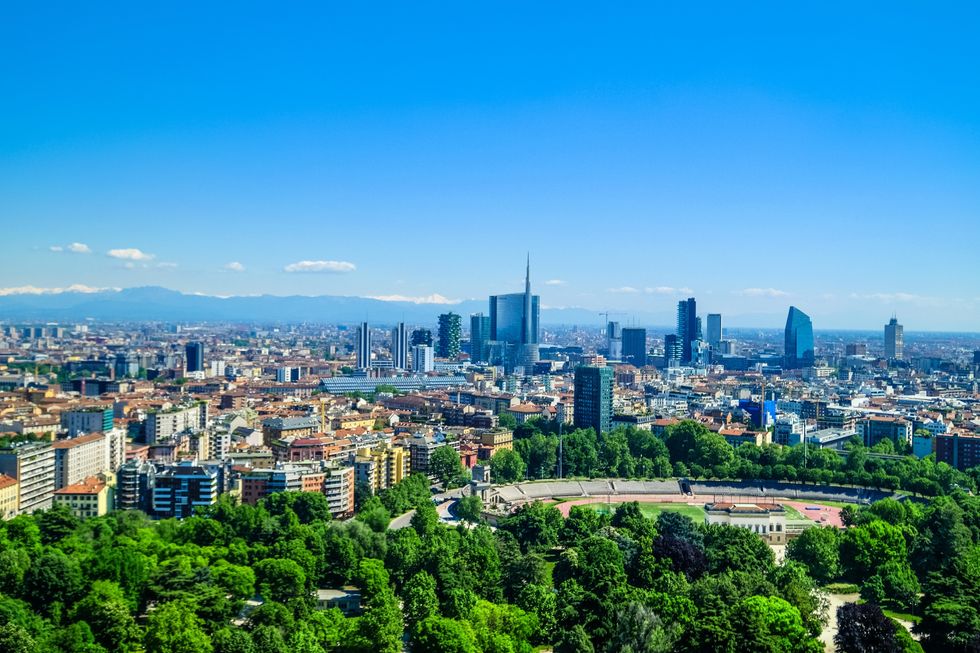With the dream of 'making it big' in urban areas becoming increasingly commonplace in the rapidly evolving world of today, greenery in urban areas is progressively becoming scarce with metropolitan expansion being assigned higher priority by government officials. Green space often includes parks, plazas, and other areas that are dominated by vegetation and other plants. There are many understated benefits of green spaces in urban areas such as increased mental health, better urban design, and expanded preventative measures against climate change.
A person's thoughts, feelings, and actions are often predicated off of their mental health and wellness. In many urban centers, however, the abundance of stressful jobs, long work schedules, and numerous other daily nuances can gradually degrade the mental health of those living in urban areas over time. An effective solution to these problems is the implementation of green spaces. A study showed that "the benefits of green space on mental health and wellbeing may also arise from participation in activities occurring in these spaces, such as social interaction or physical exercise. These benefits include alleviation of stress and anxiety, and improved mood and attention" (Lee). The same study displayed why social interaction was the key to maintaining good mental health. Mental health was proven to be vital in efforts to alleviate stress and anxiety and improve attention and mood. By increasing the number of parks, playgrounds, and plazas in urban centers, the mental health of the populace can be improved significantly through a reduction of stress and anxiety.
The design of a city is often an understated factor in conversations about the overall attractiveness of a city. Implementing green spaces is an effective way of maintaining the beauty of a city. There are many examples where policymakers have incorporated green space into various sections of their cities. A prime example is Singapore, where 47% of the city is comprised of green space. A prime example is Atlanta. An analysis by Geotab showed that "the U.S city with the most green space per person is Atlanta with 1,023f2 per person." Based on the results of the survey and the visible prosperity and efficiency of Atlanta, it is easy to come to the conclusion that better greenery and public design can lead to better functioning urban space.
The issue of climate change has become a controversial topic over the past few decades. The primary talking point for many who advocate for climate change is that the persistent uprooting of trees and other plants is leading to more Carbon Dioxide and harmful gases being left in the air as pollution. This pollution is slated to further destroy parts of the ozone layer which protects billions of people from the sun's harmful UV rays. A study by NASA showed that if climate change were to persist further, then many harmful consequences would occur such as "declining water supplies, reduced agricultural yields, health impacts in cities due to heat, and flooding and erosion in coastal areas." A potent solution to this pressing problem is to implement a higher amount of greenery in cities around the world. This can be the Kickstarter to climate change efforts as cities are commonly regarded as the largest culprits of emissions and pollution. Plants are what absorb emissions and carbon dioxide so by increasing the number of plants in cities, the amount of carbon emissions will become controlled and help the fight against climate change.
The topic of greenery in urban areas is often overshadowed by more pressing issues. However, many of the more pressing issues are solved easily by the implementation of green spaces in cities. With more and more cities expanding, the time to act and increase the amount of green space is now.



















